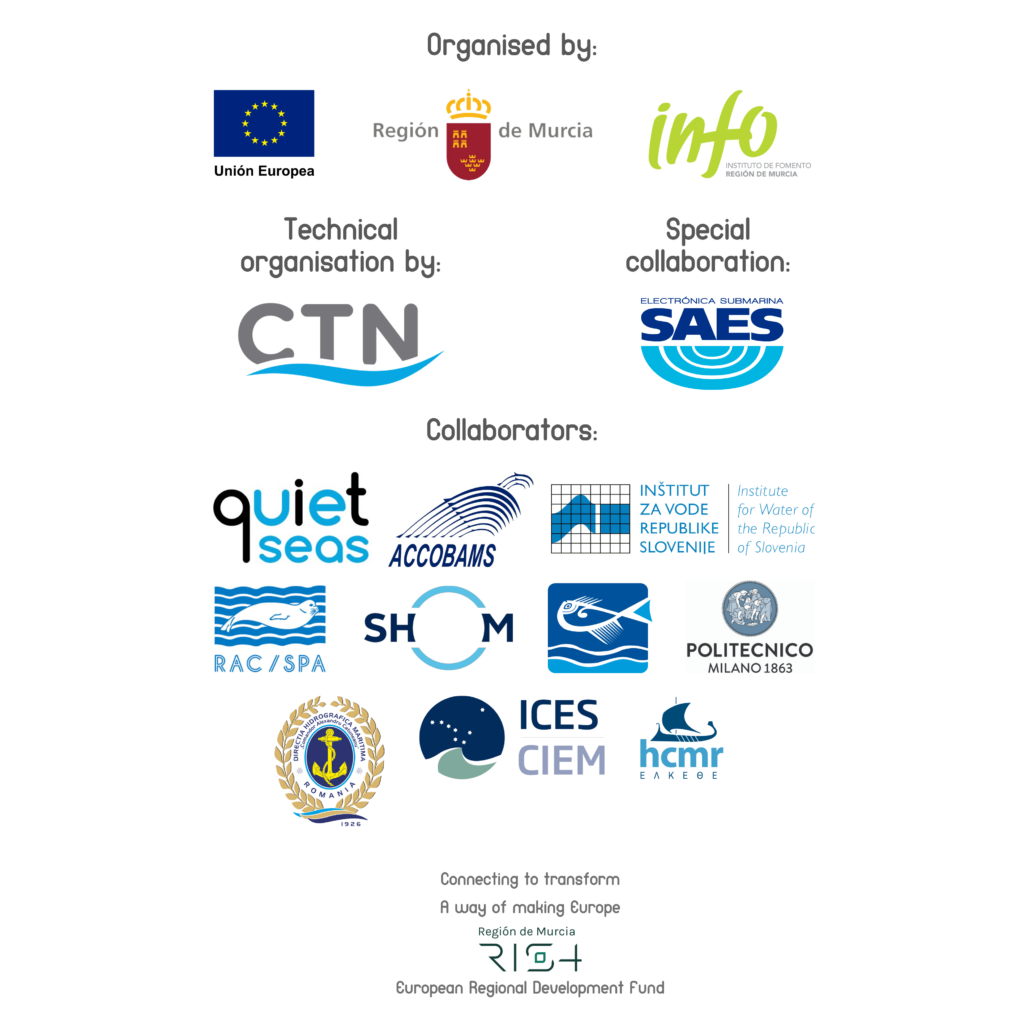VISITING CARTAGENA
The Port of Cartagena, in the Mediterranean’s Costa Cálida, has been prized since Carthaginian times. Thanks to its strategic position on the Murcia coast, it has been inhabited by several cultures which have left their mark on its artistic heritage.

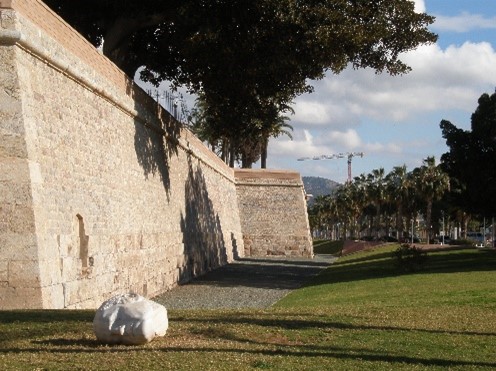
The rich Carthaginian heritage spreads to the shores of its marina. The Muralla del Mar (‘Sea Wall’), built by Charles III (18th century), delimits the old quarter.
There is an element which is clearly connected with the sea: the prototype of the submarine by the inventor from Cartagena, Isaac Peral. In addition, the National Museum of Underwater Archaeology ARQUA (at Paseo Alfonso XII, 22) houses the National Centre for Underwater Archaeological Research. The findings on display reveal aspects of naval construction, trade and navigation since ancient times.The entrance to the city centre is dominated by the Town Hall, a gem of modernist architecture dating from the early 20th century.
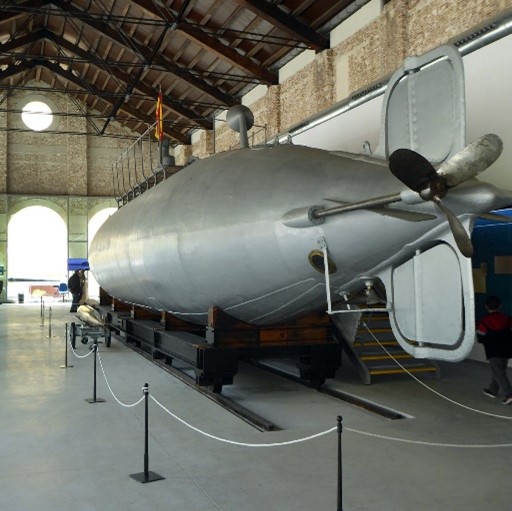
The Old Cathedral is located on the Camino del Parque Torres (behind the Muralla del Mar wall). This is the oldest place of worship in Cartagena (13th century), and stands on the remains of a Roman theatre discovered in 1987.
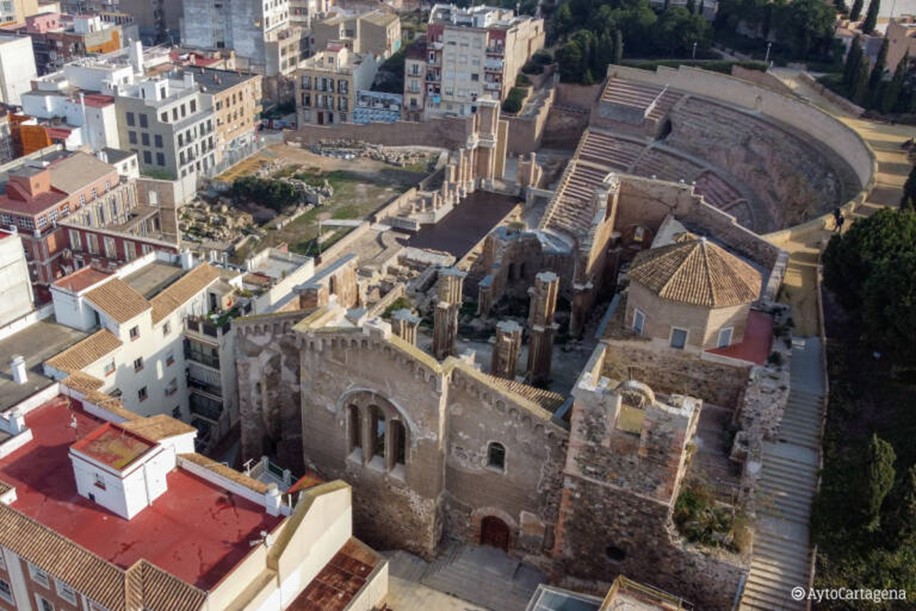
The Casa Fortuna, built in the first century B.C. and belonging to a wealthy family, shows what daily life was like at the time of the Roman Empire. The Torres park is the site of the Concepción castle. Standing atop a hill, it served as a fortress to Carthaginians, Romans, Visigoths, Arabs and Castilians, and now houses the History and Mediaeval Cartagena Visitor Centre. Indeed the city has always had numerous defensive military buildings. A good example is the Navidad Fortress, built in the mid-19th century and today the Visitor Centre for the Defensive Architecture of Cartagena and the Mediterranean.
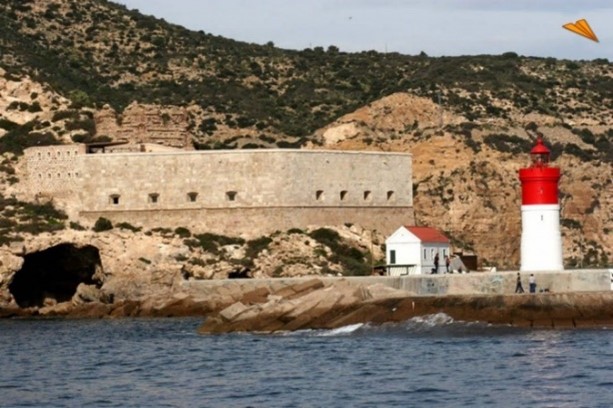
Also worth visiting is the Refuge – Civil War museum, a series of galleries which were used as protection from aerial attack throughout the conflict. The best way to learn more about the Modernist architecture of Cartagena is to take a walk along the Calle Mayor, which leads off the City Hall Square, and around the surrounding area. Here visitors will find the houses of Cervantes and Llagostera with their characteristic glassed-in balconies.
Other representative buildings of this artistic movement include the Casino, the Gran Hotel, the railway station, and the houses of Maestre and Dorda, all elegant monuments to the bourgeoisie which remain as evidence of the area’s economic development, based on mining and industry, in the late 19th and early 20th centuries. More aristocratic are the palaces of Aguirre and Pedreño, one in the modernist and the other in the neoclassical style.
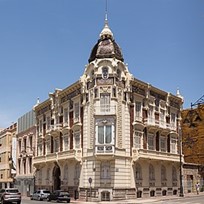
The Punic Wall stands on Monte Aletes, one of the five hills surrounding Cartagena. Adjoining the historic walled centre is the Military Arsenal, whose construction was concluded during the reign of Charles III. The walls here have the only surviving entrance gateway in the city.
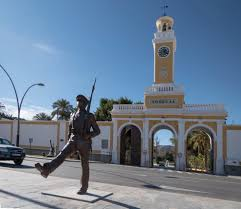
More interesting items form the history of Cartagena can be seen in the Naval Museum, located in the old Naval Offices in Paseo de Alfonso XII, which contains an exhibition of old maritime navigation instruments, maps and navigation charts, as well as models of ships of all kinds. The fishing quarter of Santa Lucía is also well worth visiting.
The city of Cartagena also has a variety of key cultural events each year, such as the world music festival known as the ‘La Mar de Músicas’ (Sea of Music). Other highlights include the historical festivities of the Carthaginians and the Romans in the second fortnight of September which commemorate the Punic foundation of the city, and the Roman reconquest. (More information at http://www.cartagenapuertodeculturas.com/).
